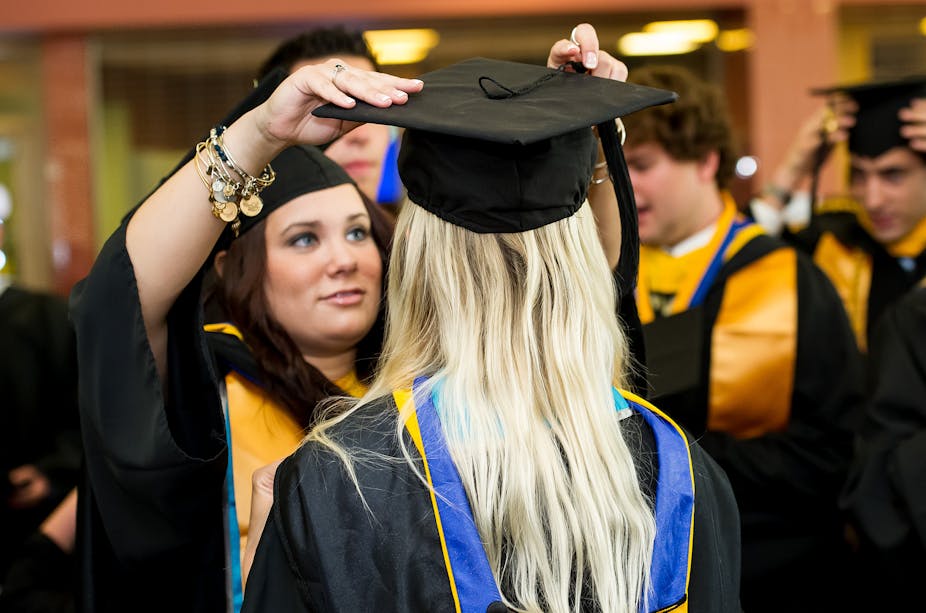Double translation is a method explained by Roger Ascham, a renaissance humanist who was tutor to Princess Elizabeth (later Queen Elizabeth I) herself an accomplished linguist, in his treatise “The Scholemaster” (1570). He derives the method from Cicero and recommends it as one which will rapidly lead to “a true choice and placing of words, a right ordering of sentences, an easy understanding of the tongue, a readiness to speak, a faculty to write, a true judgement, both of his own and other men’s doings, what tongue so ever he does use.”
This is quite a dramatic promise to any language learner and I have found that this method does deliver amazing results if it is practiced consistently and diligently.
The method assumes that you have a competent teacher, but it can also be used for self-study with a little adjustment.
- The teacher explains the passage to be translated, giving its background, purpose, drawing attention to peculiarities of style and carefully explaining any new vocabulary or grammatical structures;
- The student then translates it to the best of his ability into English and hands it in for the teacher to correct – this could be done in class to lighten the load on busy teachers;
- The following day, the student takes his corrected English translation and turns it back into the original language and then compares that with the original from which he started.
If used regularly this method will make students attentive to details of structure and phrase and they will develop an excellent style. It can also be used to translate between languages you know or are studying so that the student develops a keen ear for the individual cadences of each language and starts to think in them rather than mentally translating from everything to English first.
It is useful for language learners of all levels since you can select material for translation from anything although you want to make sure that it has a good style.








